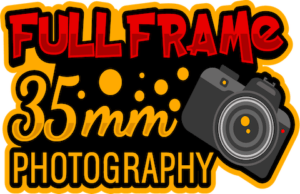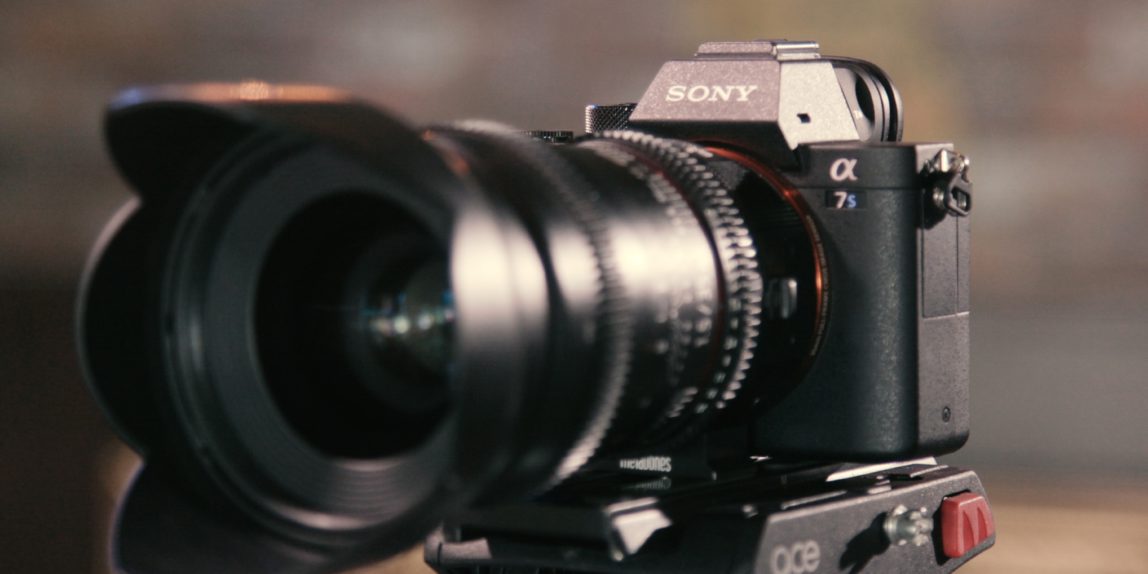The Best Camera is the One You Have
The phrase “the best camera is the one you have,” has been thrown about for just about forever, but most photographers will tell you that if your goal is to achieve the best possible image quality in every situation, then full-frame photography is the only way to go and anything else is a compromise.
Mirrorless camera systems have been gaining in popularity lately, especially when you consider the development of the micro four-thirds market.
For the most part, image quality is excellent, and you will see many pros using mirrorless in their professional work.
However, many of those same professionals will also have a full-frame camera stashed in their kit for those times when their mirrorless set up can’t hack it.
So let’s find out a little bit more about full-frame cameras and why full-frame photography is best.
What is a Full Frame Camera?
To describe what a full-frame camera is we need to hark back to the days of film. Before digital, the image was captured and stored on film, which came in a 35mm format (the actual size of the film was 36mm x 24mm).
Digital sensors in cameras have replaced the film, but they are not all 35mm in size, some are smaller, much smaller.
The sensor in a full-frame camera replicates the surface area which was available on film, so it’s 35mm in size.
Every other sensor size is referred to as a cropped sensor. For instance, micro four-thirds cameras have a sensor size which is 21.6 mm by 17.30 mm – or 4/3s the size of a full-frame sensor with a 2x time crop.
Advantages of Full Frame Cameras
Less Noise in Images
Smaller sensors have less surface area for capturing all the available light. Cropped sensors will struggle in low light conditions, which shows up as noise in an image.
Smaller sensor size is why the average mobile phone image, taken in a dark room, often turns out grainy and out of focus. The small sensor in mid-range smartphones just can’t capture every available photon.
Image Quality
Higher resolutions usually equate to a more detailed image, but the resolution is only part of the story. Pixel size is also an essential feature of image clarity and quality.
Full frame sensors are more than two and a half times bigger than their closest rival, the APS-C sensor.
Even though the APS-C can match the resolution of a full-frame, a smaller area with the same number of pixels means that each pixel will also be smaller.
Larger pixels can capture more light and produce better quality images – especially when your shoot requires that you move into the higher ISO settings.
Crop Factor
When using the same lens on a full-frame as an APS-C, the full-frame will be able to capture a wider angle of view than the APS-C, which has a crop factor of 1.5X.
Crop factor won’t matter too much when you use the right lens setup, but if you want to capture the full beauty of a wide-angle vista, then a full-frame will be your best choice.
Best Results with Full Frame
Of course, full-frame cameras do have their disadvantages. They are bulkier and more cumbersome for a start, and they are also the more expensive format if you’re on a limited budget.
Ultimately, the choice between full-frame and cropped will come down to the situation you most find yourself in when practicing your craft.
In a lot of cases, those situations will warrant using a full-frame camera for the best results.


